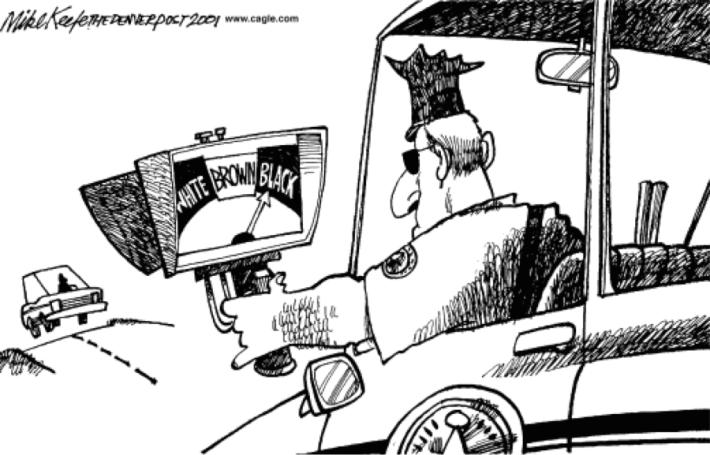
A very well known character that has recently come out in a third movie makes for a very fitting example for the topic of cyborgs; the superhero Iron Man. Ironman, also known as Tony Stark was a billionaire engineer who suffered damage to his heart during a kidnapping in which his captors tried to force him to build a weapon of mass destruction. This would then lead to his creation of a powered suit of armor that would give him strength and keep his heart beating through the arc reactor, which was placed into his chest. He would ultimately become a mixture of man and machine. Tony would later use his suit to protect the world as Iron Man with his technological devices of his making. The creator of Ironman, Stan Lee used his character Iron Man to explore the role of American technology and business in the fight against communism. The superhero Iron Man is a technology-based hero.
Haraway discusses cyborgs as being the “illegitimate offspring of militarism and patriarchal capitalism”; Iron Man is a great comparison to what Haraway considers to be a cyborg. Iron Man, a once normal being became an “offspring” of militarism once his life relied on the arc that was put into his chest. Because of the arc he became a superhuman that was capable of more than before. Iron Man is an example of benefits from technology, he became stronger and more capable once he relied on the technology of his suit and arc in his chest.
You could easily be reading this and asking yourself, what is a cyborg? A textbook definition of cyborg is: a fictional or hypothetical person whose physical abilities are extended beyond normal human limitations by mechanical elements built in the body. Amber Case from TED Talk feels otherwise, she says that a cyborg is an “organism to which exogenous components have been added for the purpose of adapting to new environments”. What she means by this is that the definition of a cyborg is no longer a fictional character; a cyborg is a real person, we have all become cyborgs through modern-day technology. We all rely on some sort of technology in our life that we feel as though we can not survive without. Lets take a cellphone as an example, (as she used in her TED Talk) a cellphone is no longer just a form of communication but it is now also a source for entertainment, time, organizing our lives, storing information, keeping and taking pictures, surfing the web, etc. Speaking for myself I never go anywhere without my phone, I always have it on me even if I am not using it, if I leave without it I feel as though I am “naked” missing a necessary part of my attire. We live in a society based around technology and every time we look at the screen of our phone or computer we are becoming cyborgs; we are so consumed by technology that we don’t even realize we are using it to “adapt”.



